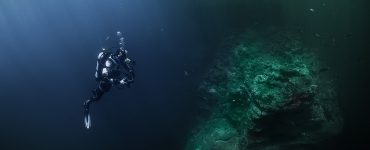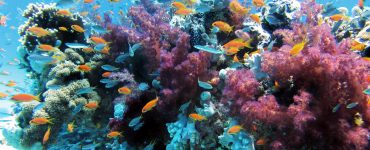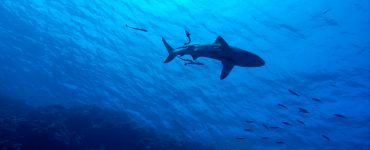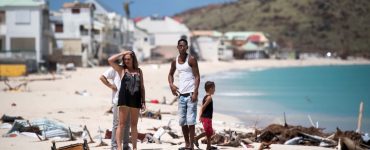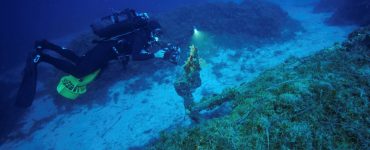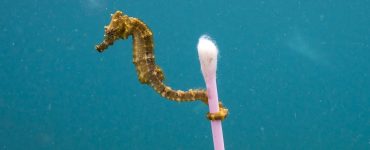During the 11km/7miles deep dive to the deepest part of the ocean, Victor Vescovo didn’t only discover new creatures but also found plastic at the bottom of the Mariana Trench.
The bottom of the Mariana Trench is the deepest point of our oceans and is known as the “Challenger Deep”, it lies at a depth of around 11km (6.8 miles).

Limiting Factor
American explorer Victor Vescovo spent four hours exploring the bottom of the trench in his submersible ‘Limiting Factor’, built to withstand the immense pressure of the deep. At 10,927m (35,849ft) Vescovo broke the last world record by 16m/52ft.
It is the third time humans have reached the ocean’s extreme depths.
The first humans to explore the depths of the Mariana Trench were US Navy lieutenant Don Walsh and Swiss engineer Jacques Piccard. They reached the ocean floor aboard the bathyscaphe Trieste on January 23, 1960. In 2012, Canadian filmmaker, environmentalist, deep-sea explorer, and philanthropist James Cameron made a solo dive in his bright green submarine.

A total of five dives took place starting from the 28th of April. The last dive was on the 7th of May 2019. The submarine also reached it’s deepest on the first day.
New world record
Vescovo spent 248 minutes at the bottom of the Pacific Ocean that day, which is also a new world record for a solo dive according to The Five Deeps Expedition. In total the vessel spent 15.5 hours doing research at the bottom of the Mariana Trench.
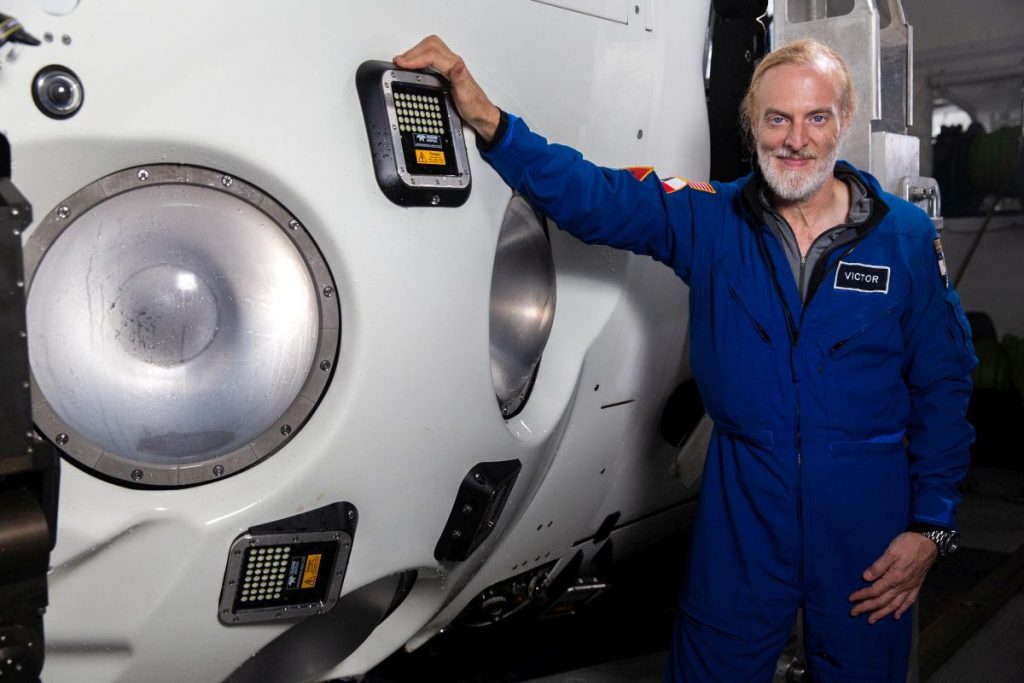
The team believes they have discovered four new species of prawn-like crustaceans called amphipods. Other animals were also seen deep in the ocean, and samples of rock were collected from the seafloor.

To our greatest concern, a plastic bag and candy wrappers were also found on the seabed. The scientists now plan to test the creatures they collected to see if they contain microplastics – a recent study found this was a widespread problem, even for animals living in the deep.
Header image credits: ReeveJolliffe



